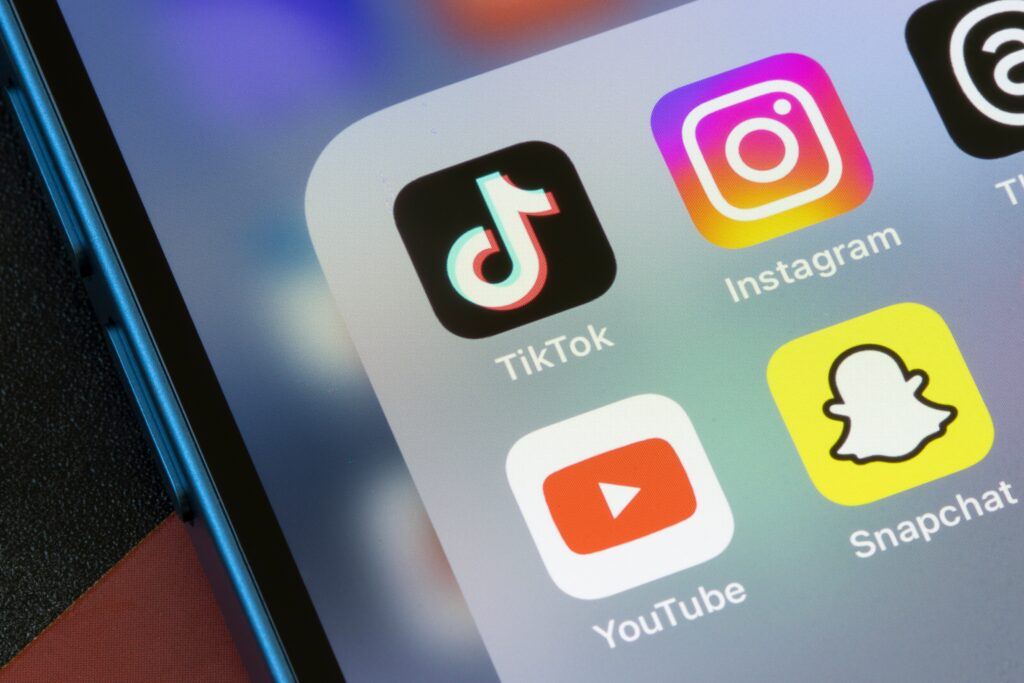TikTok ceased operations in the US just hours before a new ban was set to take effect. US users saw a message stating a law banning TikTok had been enacted, meaning “you can’t use TikTok for now.”
The platform faced a ban due to concerns over its ties to the Chinese government. The deadline for TikTok’s parent company, ByteDance, to sell the app to an approved US buyer was January 19.
Government Response and Legal Challenges
President Joe Biden had passed the issue to his successor, Donald Trump. Trump suggested he might grant a 90-day reprieve from the ban after taking office on Monday. “The 90-day extension is likely because it’s appropriate,” Trump told NBC News on Saturday. He added he would probably announce the decision on Monday.
The Supreme Court upheld the ban last Friday. The law, passed in April last year, prohibited the app unless ByteDance sold it by the January deadline. TikTok argued the law violated free speech rights for its 170 million US users. After the ruling, TikTok CEO Shou Zi Chew thanked Trump for his “commitment to find a solution” and expressed hope for reinstating the platform.
Impact on Users and Content Creators
Before going offline, users noticed the app had been removed from Apple and Google’s US stores. TikTok’s website stopped displaying videos. A message informed users the platform would remain temporarily unavailable while efforts to restore service continued.
Content creators posted farewell videos as the shutdown approached. Nicole Bloomgarden, a creator, told the BBC that losing TikTok would significantly cut her income. Another creator, Erika Thompson, described the loss of educational content as the biggest blow to the community.
TikTok’s shutdown marks a pivotal moment for social media in the US. Creators, users, and the company await further developments as efforts to resolve the situation continue.
